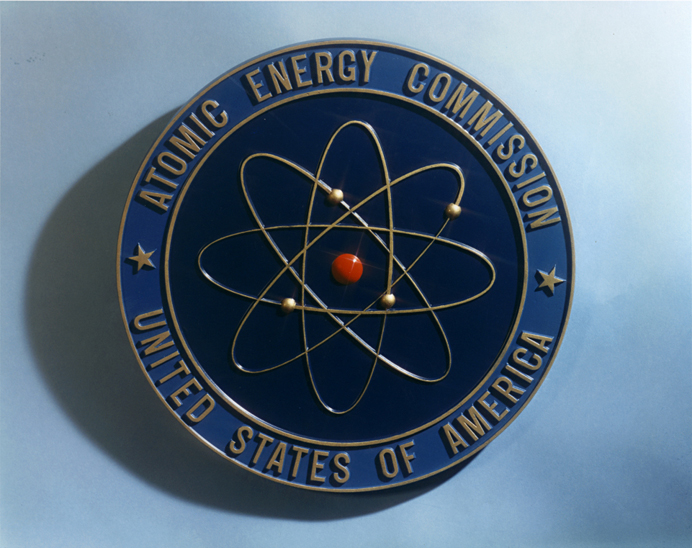
The University of Alabama: A Legacy of Excellence in Education and Innovation
The founding of the University of Alabama in 1831 marked the beginning of an institution that would grow to become one of the most prestigious public universities in the United States. From its humble beginnings...




